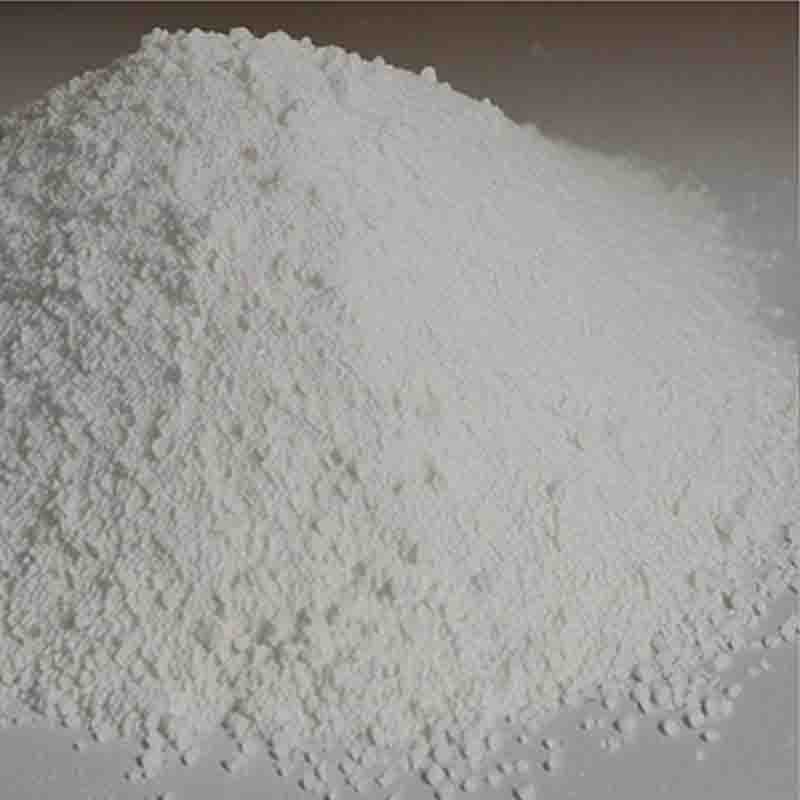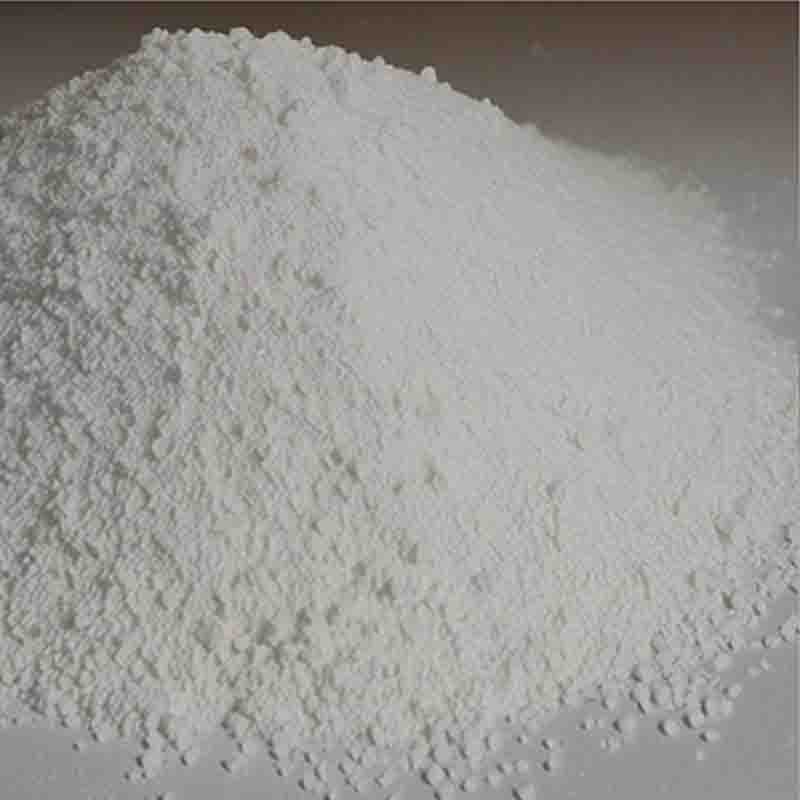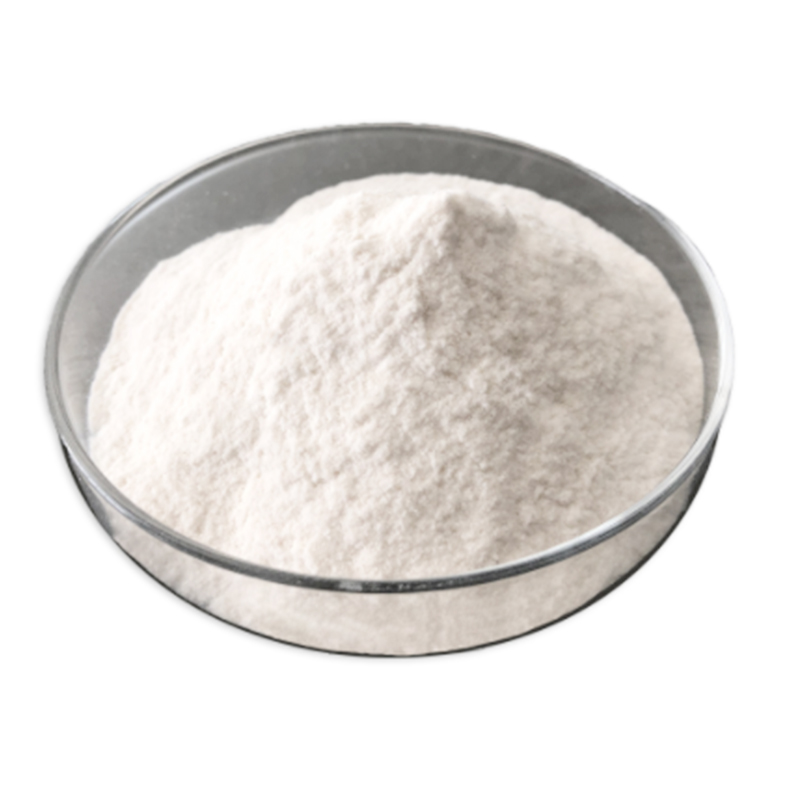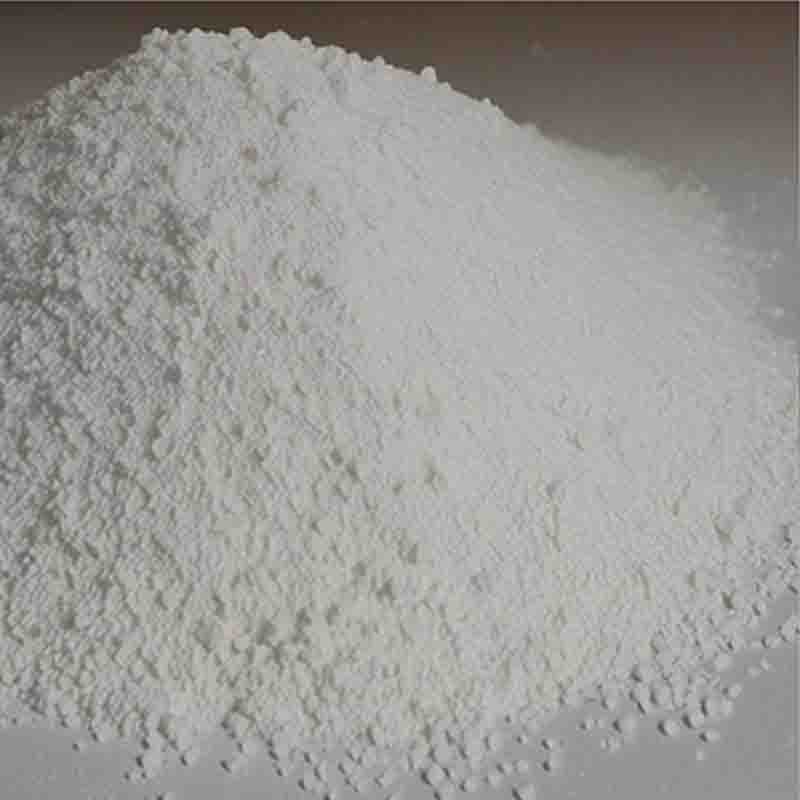DiethylMethylmalonate CAS:609-08-5
| Catalog Number | XD95373 |
| Product Name | DiethylMethylmalonate |
| CAS | 609-08-5 |
| Molecular Formula | C8H14O4 |
| Molecular Weight | 174.19 |
| Storage Details | Ambient |
Product Specification
| Appearance | White powder |
| Assay | 99% min |
Diethylmethylmalonate is a chemical compound that exhibits various effects and applications. In this 300-word essay, I will explore its effects and potential uses.Diethylmethylmalonate possesses notable effects as a reactive and versatile compound. It serves as a valuable building block in organic synthesis, playing a crucial role in the preparation of pharmaceuticals, agrochemicals, and specialty chemicals. The compound acts as an ester synthon, enabling chemists to introduce functional groups and construct complex organic molecules. Its ability to undergo simple hydrolysis or substitution reactions allows for the conversion of diethylmethylmalonate into carboxylic acids or acid derivatives.Furthermore, diethylmethylmalonate is involved in the malonic ester synthesis. This synthetic procedure provides a way to introduce two carbon atoms into a molecule, facilitating the synthesis of various compounds with extended carbon chains. The malonic ester synthesis has widespread use in organic chemistry for the creation of intermediates such as ketones, carboxylic acids, and amino acids.Additionally, diethylmethylmalonate functions as a nucleophile, reacting readily with electrophiles like alkyl halides or carbonyl compounds to form carbon-carbon bonds. This property is vital in the construction of carbon skeletons and the synthesis of cyclic compounds with diverse applications.Diethylmethylmalonate finds particular significance in the production of barbiturates, a class of drugs acting as central nervous system depressants. Barbiturates are used as sedatives, hypnotics, and anticonvulsants. The synthesis of these medications involves the reaction of diethylmethylmalonate with urea and an aldehyde, followed by cyclization and further chemical transformations.Overall, diethylmethylmalonate displays various effects and applications due to its reactive nature and versatile properties. Its ability as a building block in organic synthesis allows for the creation of diverse pharmaceuticals, agrochemicals, and specialty chemicals. Moreover, its involvement in the malonic ester synthesis enables the synthesis of compounds with extended carbon chains. The compound's nucleophilic reactivity is valuable in constructing carbon skeletons and cyclic compounds. Additionally, diethylmethylmalonate plays a fundamental role in the synthesis of barbiturates, which have significant applications in medical fields. As a result of these effects, diethylmethylmalonate contributes to advancements in organic chemistry and facilitates the development of numerous scientific disciplines.


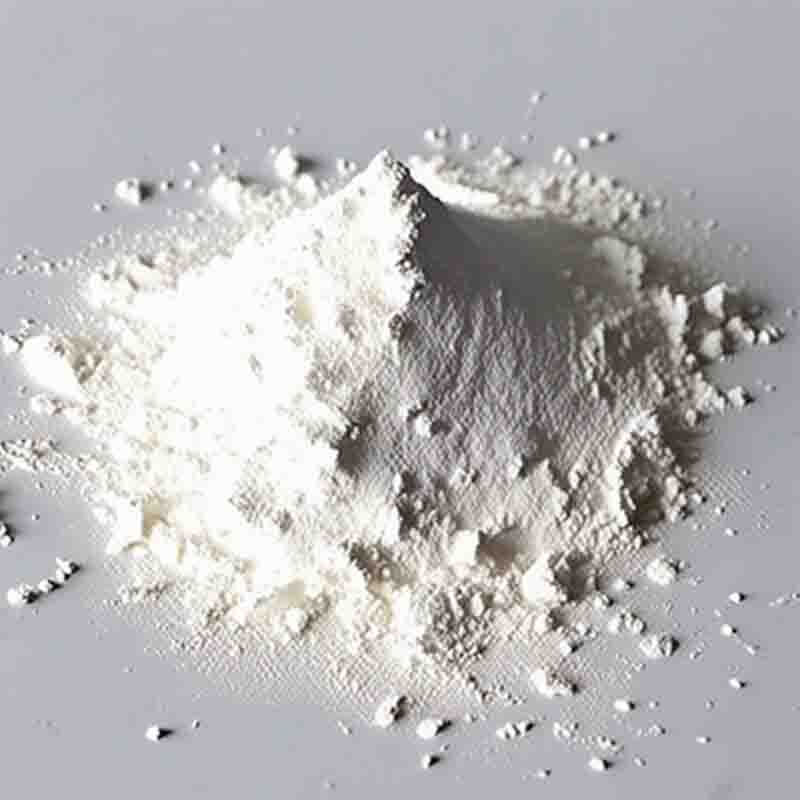

![[1,1'-Bis(diphenylphosphino)ferrocene]dichloropalladium(II) CAS: 72287-26-4](https://cdn.globalso.com/xdbiochems/白色粉末2647.jpg)
